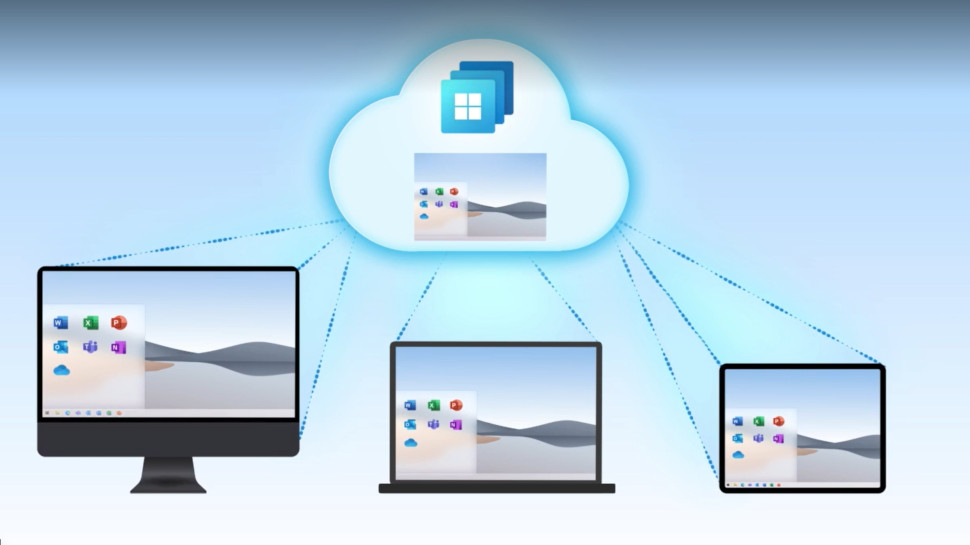Microsoft’s new Windows 365 service is now widely available, giving customers a new way to engage with Windows 10 and, soon enough, Windows 11. Announced last month, the virtualization service lets users stream a Windows desktop and accompanying apps to any of their devices (including those that run on macOS, Linux or Android) and from any location. From today, businesses can start deploying Windows 365 cloud PCs, which are billed on a per user per month basis. Microsoft has held its cards close to its chest with regards to pricing, with the exception of a small leak, but has now published a full list broken down by configuration. Windows 365 is split into two subscription branches: Windows 365 Business and Windows 365 Enterprise. The former is designed for companies with 300 employees or fewer, while the latter is aimed at larger organizations. In practical terms, both offer access to the same range of features, differing only when it comes to available performance options. The cheapest subscription available under Windows 365 Business is a cloud-based Windows PC with one vCPU, 2GB RAM and 64GB storage, for which Microsoft will charge $20/£20.50 per user per month. This package is built for for frontline and call center workers, or employees who only require access to lightweight CRM software and the like. At the other end of the scale, users who frequently perform compute-heavy tasks (say, creatives or software engineers) will have access to a configuration powered by 8 vCPUs, with 32GB RAM and 512GB storage. This option will cost businesses $158/£138 per user per month. The new virtualization service from Microsoft is expected to open up a range of new opportunities for businesses, from a cost, administration and productivity perspective. Instead of hosting the operating system and applications locally, soaking up both storage and computing resources, Windows 365 streams all apps, data and settings via the cloud, effectively turning the device into a thin client. By dropping the performance requirements of the hardware itself, Windows 365 could help businesses both save on overall costs and exchange CapEX for OpEX. The real beauty of the system, though, is that businesses aren’t locked to a specific performance configuration; Windows 365 allows customers to tune each cloud PC deployment up and down, depending on the compute and storage needs of each individual employee. It’s also easy to add and remove deployments as need fluctuates throughout the year, with a corresponding effect on cost. To make the transition as simple as possible for IT departments, meanwhile, cloud PCs will appear alongside physical Windows computers in Microsoft Endpoint Manager and the patch management process will remain identical. In future, it’s not difficult to imagine Windows 365 opening up for consumers as well, although Microsoft refused to confirm or deny when asked about its plans.
Windows 365 pricing options

Analysis - New opportunities
source https://www.techradar.com/news/windows-365-is-now-live-heres-how-much-it-will-cost-you/
Rule #21 of the internet: Original content is original only for a few seconds before getting old.
